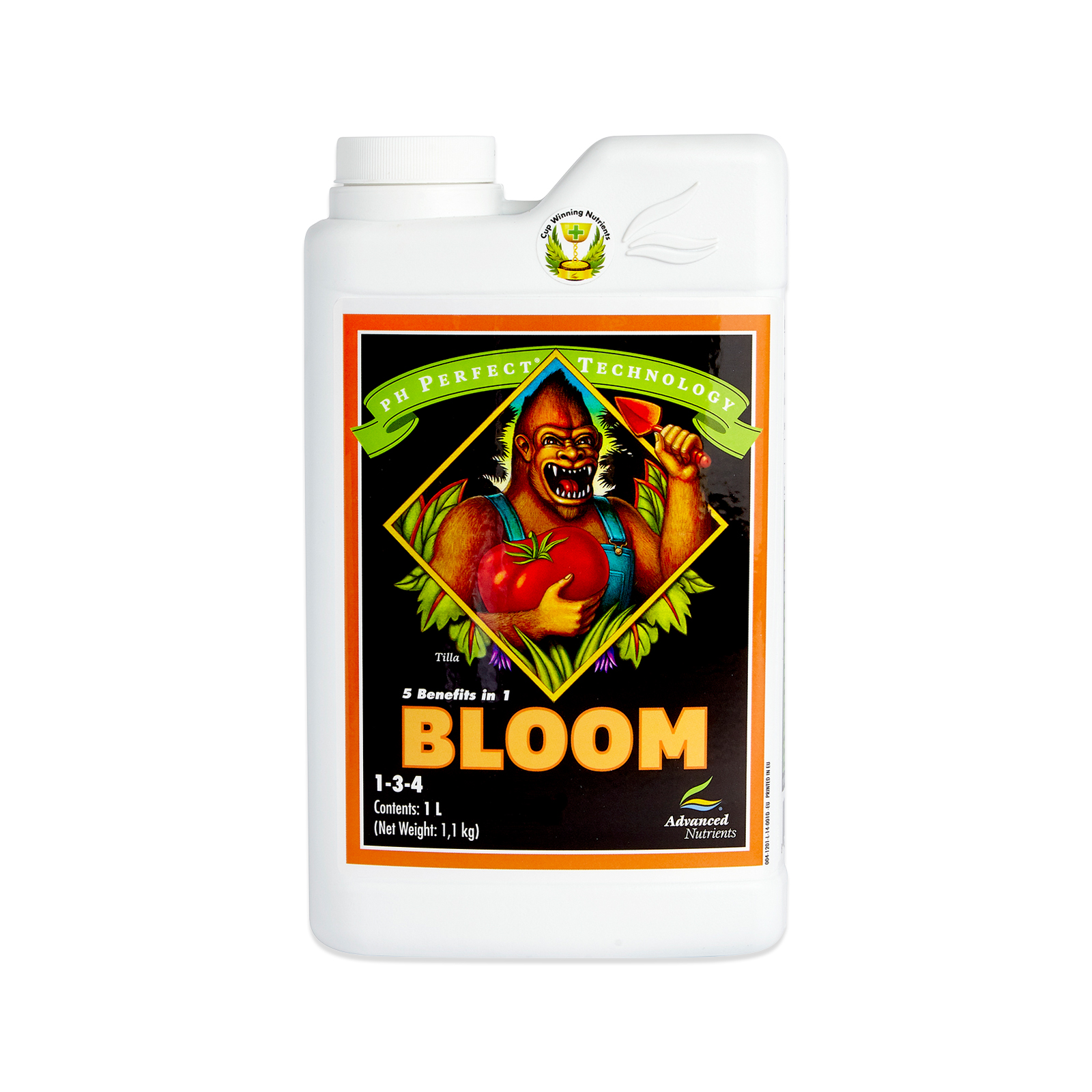


In reference 3, Jeff Gillman quotes Timothy Broschat and Kimberly Klock-Moore from the University of Florida “Most container grown plants require only minimal amounts of P for optimal growth and … applications of high P fertilizer will not promote either roots or shoot growth in plants as popularly believed.”ĭon’t use bloom boosters for containers. As reference 2 points out – flowering is controlled by hormone levels – not nutrient levels. Potassium is essential for plants to grow and flower properly, but high potassium levels will not increase flowering. Some of the bloom boosters also provide an increased level of potassium, and some people feel that potassium is important for flower production. For more details on this see Mycorrhizae Fungi Inoculant ProductsĮxcess phosphorus is toxic to plants. These fungi provide water and phosphate to the plant. This leads to an iron deficiency in the plant, leading to interveinal chlorosis.Įxcess phosphorus also inhibits the development of mycorrihizal fungi which are very important to plants. High levels of phosphorus in the soil ties up iron so that plants can’t absorb it. Plants do not need high levels of phosphorus to bloom well.
#BLOOM NUTRIENTS HOW TO#
The American Rose Society says “Commercial growers of roses for cut-flower production typically use fertilizers with a 3-1-2 NPK ratio.” I think these guys know how to produce blooms! Phosphorus is critical for plant growth, but plants don’t need a lot of it.
#BLOOM NUTRIENTS PROFESSIONAL#
So why would a fertilizer ratio of 1-5-1 (Peters Professional Super Bloom Booster), be good for plants? According to Jeff Gillman (ref 3), “there is usually more calcium, magnesium and sulfur in plant tissue than phosphorus”. They contain much less phosphorus than nitrogen or potassium. When rose tissue is analyzed, the fertilizer numbers are in the ratio of 6-1-4 (ref 1). Lets have a closer look at the nutrients plants need. Except for nitrogen, most garden soils do not have a deficiency in these other nutrients. If the fertilizer fixes any deficiency in these other nutrients, plants will perform better. If you check bloom booster fertilizers you will notice that some include minor nutrients, along with some nitrogen and potassium. Many people grow plants for the flowers, and so manufacturers are using your desire for more flowers to sell more products. These are just packages of fertilizer with the words ‘bloom booster’ slapped on the label.īloom booster fertilizer is nothing more than a marketing gimmick to get you to buy more fertilizer. That’s odd! If there was a special formulation that boosts flowers you would think all manufacturers would use the same formula? They don’t, because there is no such thing. If you look at the fertilizer numbers in bloom booster products you quickly realize that every manufacturer’s formulation is different. There is no such thing as a Bloom Booster fertilizer!Īny fertilizer with a high level of phosphorus can be considered to be a bloom booster fertilizer, even if the label just calls it fertilizer. It may also have a higher than normal amount of potassium. Photo by Robert Pavlisīloom Booster fertilizer is a fertilizer with a high middle fertilizer number – it is high in phosphorus. Bloom booster fertilizer – who needs it? Clematis recta growing just fine at Aspen Grove Gardens without any fertilizer.


 0 kommentar(er)
0 kommentar(er)
